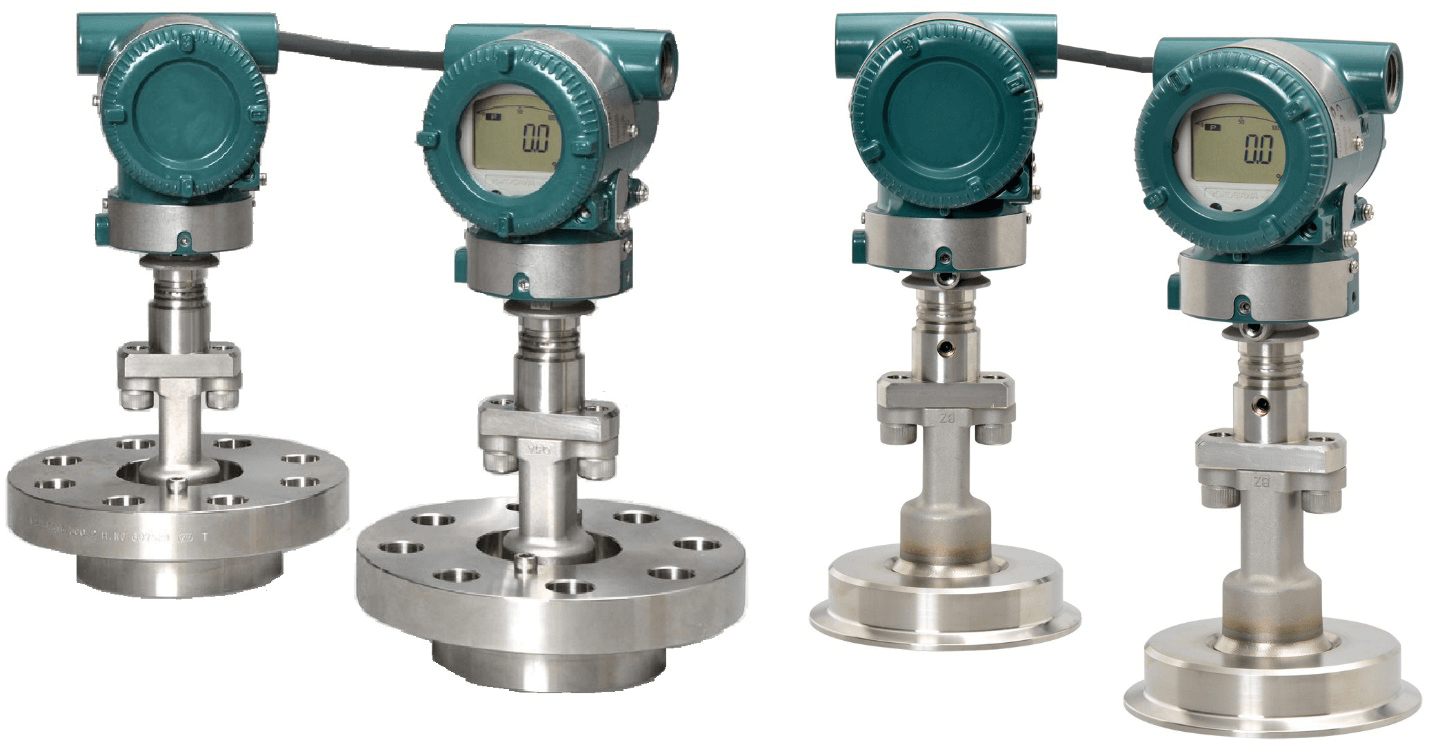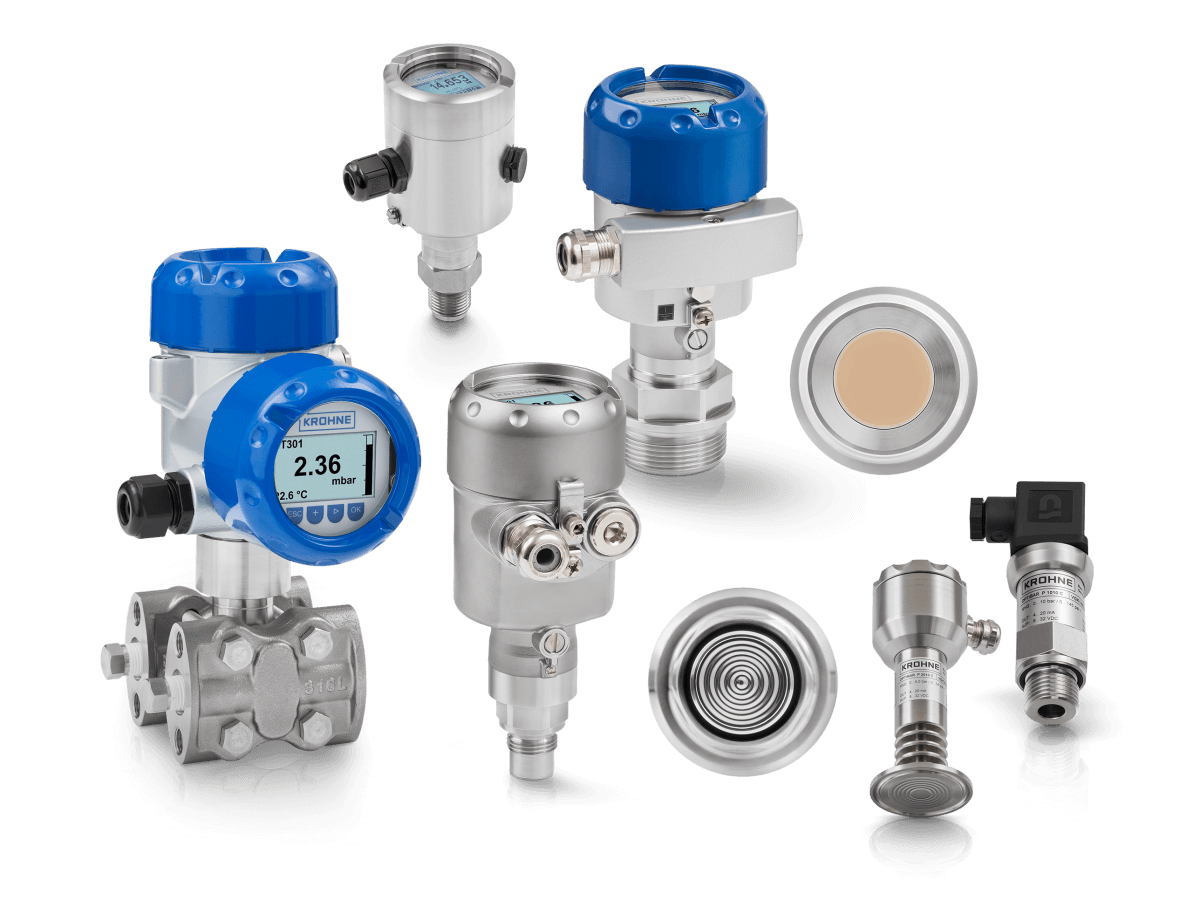Guide to a Pressure Transmitter for Hygiene Industry Technology
Pressure Transmitter for Hygiene Industry Technology
Learn about The Pressure Sensor Technology within a Pressure Transmitter For Hygiene Industry
When it comes to selecting the right pressure transmitter for hygiene industry, reliability and precision are the two key elements. After all, working with hygiene process equipment needs to ensure the finest quality and there is no place for error.
Currently, the leading pressure transmitter manufacturers, Ould Sensors, provide high-quality pressure transmitters and sensors that support a number of applications. For example, the CIP systems, where you would need the hydrostatic level measurement.
Also, the sterile air flitters. They are dependent on the differential pressure measurement. The applications of pressure transmitters are not limited to the above two examples. On the contrary, in the course of this article, we will discuss different hygienic pressure transmitters and sensor technologies that ensure high and fast precision measuring pressure technology.
Pressure Transmitter For Hygiene Industry

How Does a Pressure Transmitter Work?
There are three main components of a pressure transmitter. We have listed all three of them below.
- A pressure Sensor
- Measuring Circuit
- Process Connection
The main working mechanism of a pressure transmitter is to turn the physical parameters of liquid, gas, or other similar physical parameters into electrical signals. These standard electronic signals are an effective way to indicate devices.
Thus, these devices, secondary instruments, and recorders are able to adjust their settings as per the requirement.
Different Types of Pressure
Below, are the common types of pressure. Every pressure transmitter might not work with a certain type of pressure.
Absolute Pressure
This type of pressure talks about the pressure measurement with respect to the vacuum. Therefore, it is important for the pressure sensor technology present within a pressure transmitter to be without relative compensation and leak-proof.
Steam pressure is a good example of absolute pressure.
Relative Pressure
This type of pressure relates to atmospheric pressure. To measure relative pressure, you would need to have pressure transmitters that have sensor technology with relative compensation. Majorly because the measurement needs an open sensor.
Thus, the outside surrounding would also have an impact measure. So, it is common for control of physical procedures or monitoring these processes as per the ambient conditions. A good example would be the ventilated tanks’ hydrostatic pressure measurement.
Compound Pressure
This is either the differential pressure or you can say that it is relative to that of the gauge measurement.
Differential Pressure
This pressure measurement is the difference between the two pressure.
For the above pressure types to have an accurate measurement, there are four factors that required consideration.
- Maximum Error of Measurement
- Standard Error Measurement
- Accuracy
- Precision
Having information about these factors would help you know how the pressure sensor technology within a Pressure transmitter for hygiene industry works.
Maintaining the Industry Hygienic Standards
The hygienic measurement instruments are important for the pharmaceutical, drink, and food industries. These industries require an extremely high level of cleanliness in all their process including manufacturing.
An application would only meet hygienic standards if all the parts of its process media are run as per the highest standard of cleanliness. They all would have precautions against any type of contamination.
A good way to ensure hygiene in a production process is to design or use equipment that is easy to clean. It means that cleaning all parts of the equipment should not only be easy but also hassle-free.
In addition, the contact surfaces of the equipment should not allow the accumulation of mold and bacteria. Likewise, they should also deter other pathogens that would eventually lead to causing harm to human health.
For installing the hygienic instruments, you would need the clamp seals. Also, these instruments have polished stainless-steel parts. These parts have direct exposure to the process media. Therefore, it is not possible for it to be contaminated.
It is not a good idea to use direct thread kind of fittings. The reason being, these fittings would introduce the cervices, thus leading to the building up process of materials as the time passes. Also, in order to clean it, you would have to dismantle it.
It is better to use thread type fittings on non-contacting external surfaces.
Hygienic Product Features
There are some important features that a pressure transmitter for hygiene industry needs to incorporate. Below, are presenting a list of these features.
Material
In most cases, all industries prefer a polished stainless steel 316L as material for the hygienic parts. The main reason for choosing this type of material is that easy cleaning. What more is that it is possible to weld this material without adding an additional material.
In addition, it has a good corrosion resistance to a number of media. For example, you can use different cleaning agents on it, and they will not damage it in any way.
Process Fittings
Another important aspect of hygienic pressure instrument is the type of process connection they use. The objective of this connection is to reduce the hidden and crevices spaces that can result as a home for trapping the process media and eventually leading to the development and growth of micro-organisms.
The presence of micro-organisms will cause product contamination. Something, every type of manufacturer needs to avoid. There are different types of hygienic fittings, however, the Tri-clamp is the most popular one.
It uses a double-hinged clamping ring. You would tighten the clamping ring around 2 flanged surfaces. To separate the surfaces, you would use the elastomer O ring seal.
Food Grade Oil Fill
There are certain designs of the pressure sensing technology that incorporates an oil-fill. The oil-fill is present behind an isolation diaphragm. It is basically a thin material. The risk that exposed and thin diaphragm would leak its content in the process, thus contaminating it.
It is imperative to use oils that would not contaminate the process media, in case there is a diaphragm leak. Food Grade Silicone Oils, Olive Oil, and Peanut Oil are some of the common oils that you should use for the oil-fill process.

Industry Types
Different industries greatly depend upon the pressure transmitter for hygiene industry. Some of these industries include pharmaceutical pressure transmitters, food and beverage transmitters, Water Industry transmitters as well Oil and Gas Industry pressure transmitters.
















